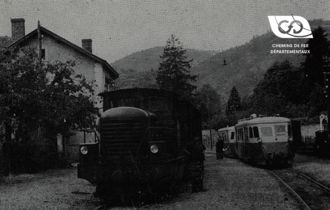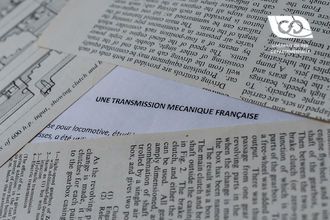The different transmissions for diesel locomotives
It is currently a common opinion that transmissions for diesel locomotives can be classified as follows:
- mechanical transmissions for low power,
- hydraulic transmissions for medium power,
- electrical transmissions for high power.
It may seem daring to attempt to change such a generally accepted opinion.
We must therefore say right now that our opinion on this issue is backed up by several years not only of tests but of services; and it is likely that if the results obtained are not yet sufficiently known, it is because these services have been carried out on a scale that is insufficient to be advertised.
Many technicians will not be extremely surprised since theory shows that mechanical transmissions have by far the best performance and that not everything has yet been tried to adapt them to "diesel" traction and eliminate their major defects which are: the difficulty of transmitting high power, the lack of flexibility at start-up and the difficulty of obtaining continuity of traction effort.
We readily admit that the starting flexibility of a mechanical transmission cannot be achieved by means of friction materials. As things stand at present, the most suitable component is the hydraulic coupling, which has an excellent performance in normal use.





